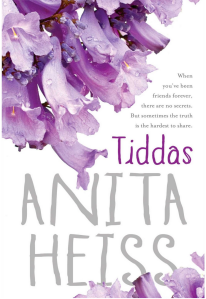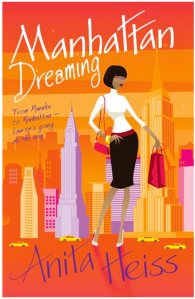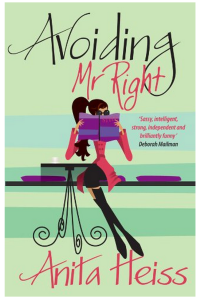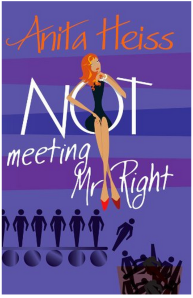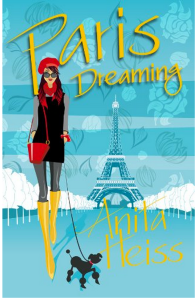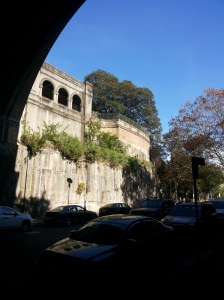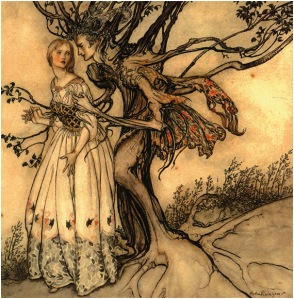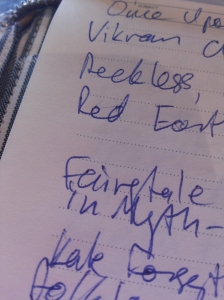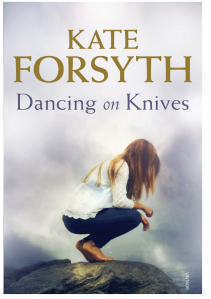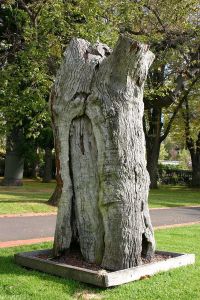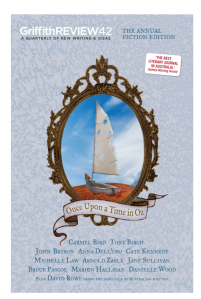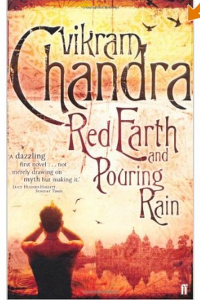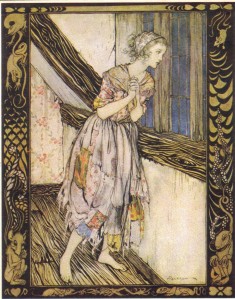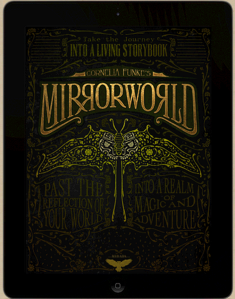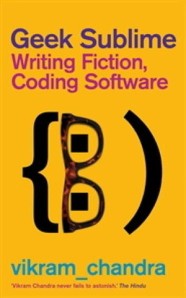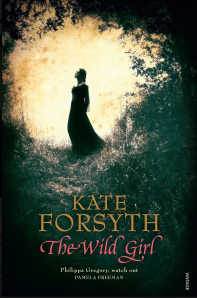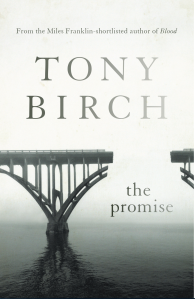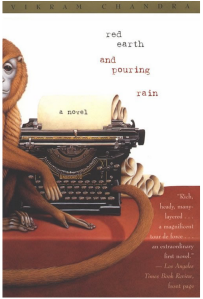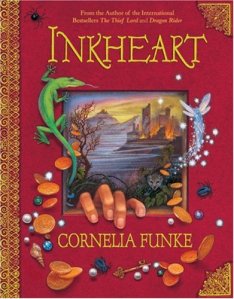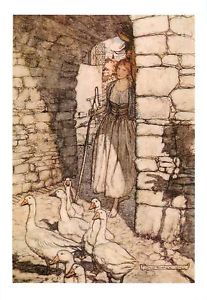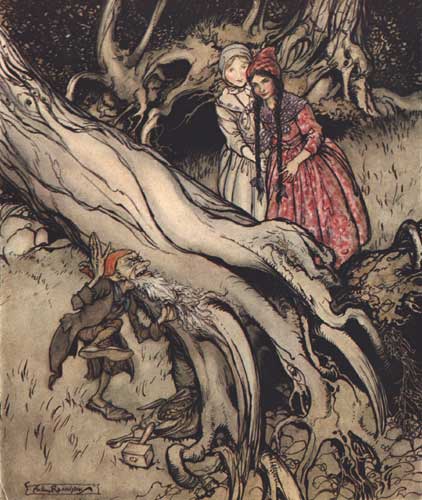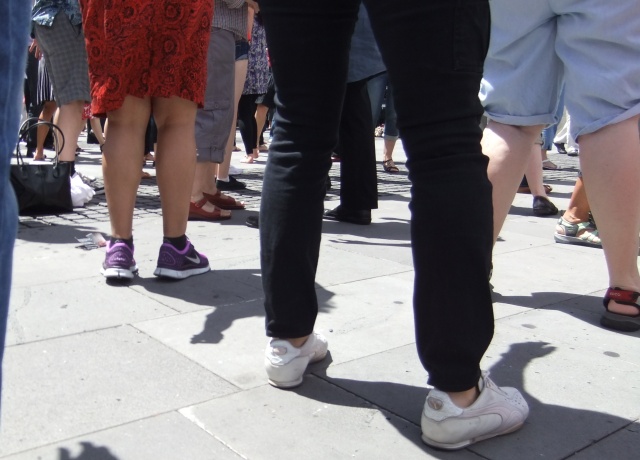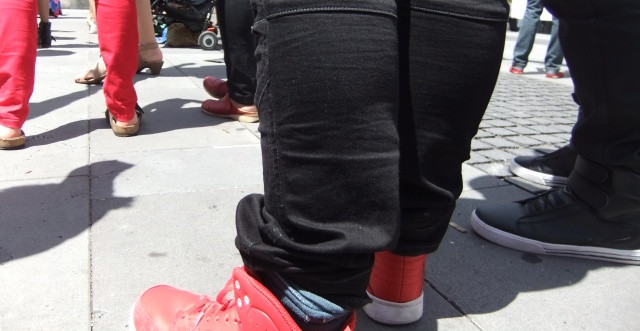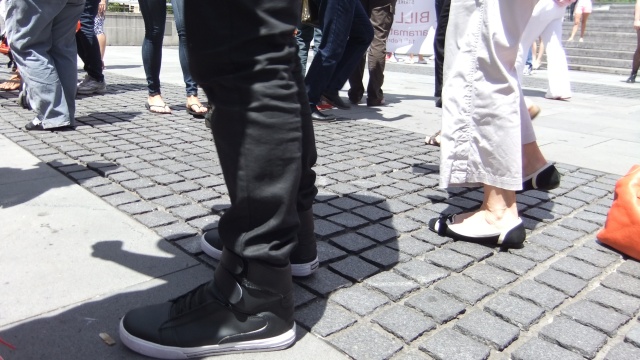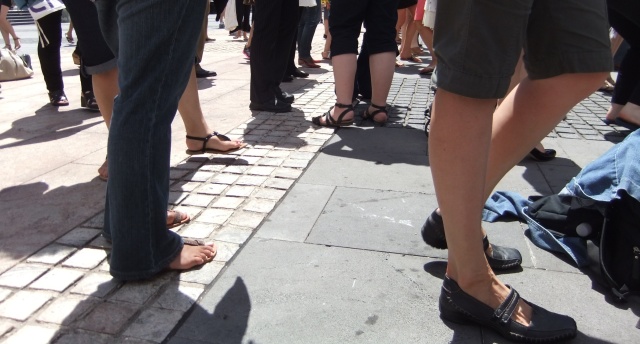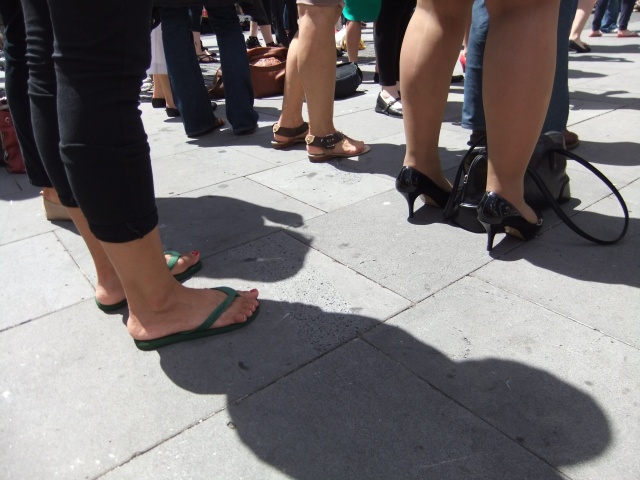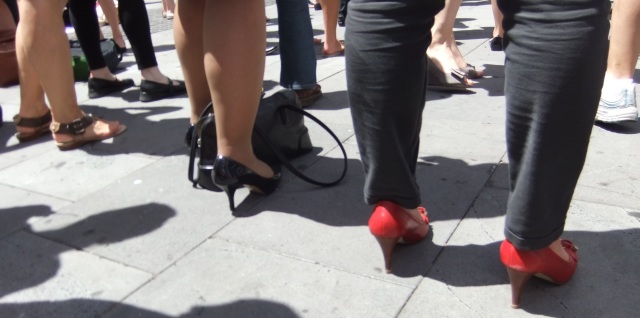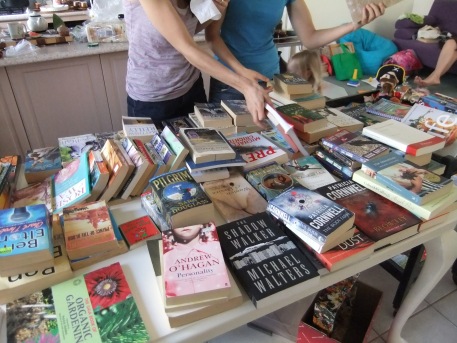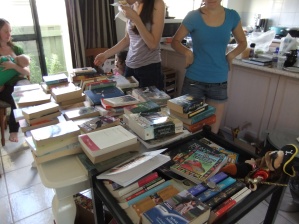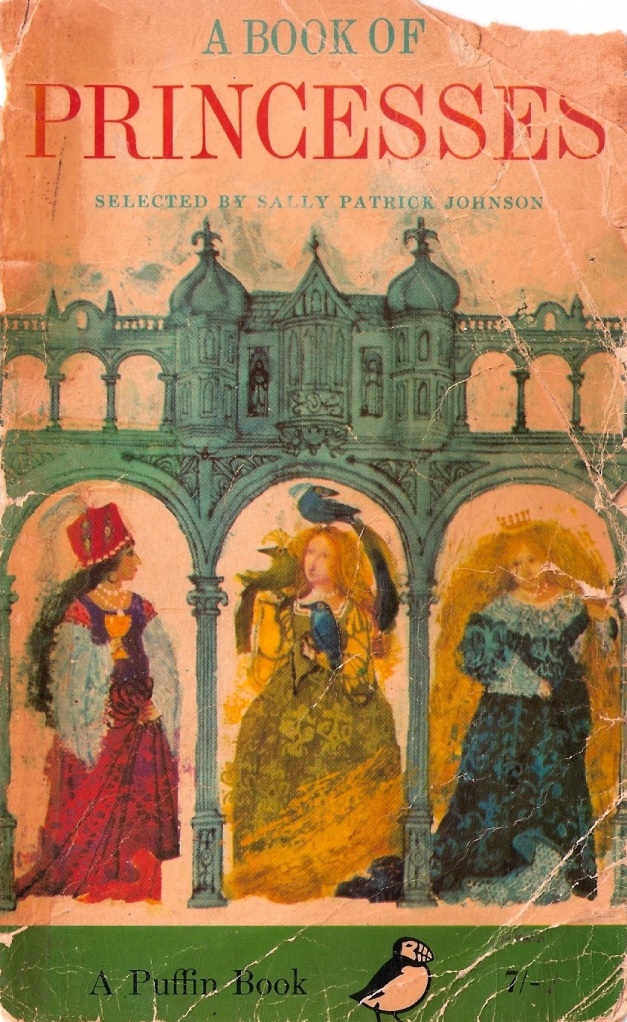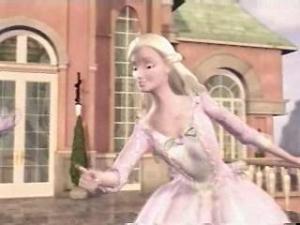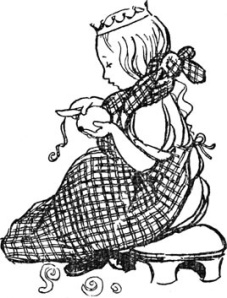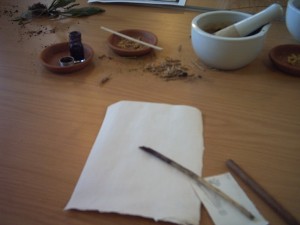Tiddas by Anita Heiss, published 2014 by Simon & Schuster Australia. 360 pp. RRP $29.99
Izzy, Veronica, Xanthe, Nadine, Ellen went to highschool together in Mudgee, a town in central rural NSW, in Wiradjuri country. Although they followed separate life paths during their late teens and twenties, they have reconnected in their thirties as one by one their careers and families took them to Brisbane. Tiddas begins in the year they all turn 40.
Tiddas is crackling with warmth and vigour, and is a remarkable portrayal of mature female friendship. Heiss shows that there is competitiveness, anger and sharpness in the relationships – these women bite each other’s heads off, and throw the most personal knowledge of each other back in each other’s faces – but this only seems to underline the strength of their bond. Although the book is about the testing of friendship, in a way, it seemed to me that from the start each of the women knows that these are the safe people to throw yourself against, to rail at, and to give expression to all the emotions that are the most difficult and frightening.
Izzy is a TV broadcaster whose dream is to be “Australia’s Oprah”, the first Aboriginal woman to have her own mainstream-TV talk show. Izzy seems conscious that her big-picture career goals don’t quite fulfil the expectations of her mother, Trish, a Wiradjuri matriarch keen to see Izzy grow a family around her.
Nadine is a successful Australian crime writer who is also independently wealthy, having inherited a family fortune. Nadine is married to Izzy’s brother, Richard, and has two children. She is also, as becomes very quickly apparent in the first chapter of the book, an alcoholic with an escalating dependency.
Stunning Xanthe, whose father is Greek and whose mother is Wiradjuri, has developed her own consultancy in Indigenous cultural awareness training. Xanthe is desperate to have a child, and becomes increasingly obsessed with researching and project-managing her way to a successful pregnancy.
Veronica is going through the process of an amicable, but still horrible, divorce, her husband of many years having left her for another woman. Veronica struggles with depression and the need to find a new identity for herself now that her sons are becoming independent young men.
Ellen has the fascinating role of a funeral celebrant, which sits both oddly and perfectly with her no-nonsense approach to life and outgoing nature. It’s also a role that epitomises the pull she feels both towards and away from home; she felt fulfilled as a celebrant in Mudgee, incorporating Wiradjuri words and traditions into funerals for her clan, but also felt the pressure of helping people grieve when they were actually her kin and her community, and eventually had to leave and build a life and career elsewhere.
This is a ‘bookclub book’, following the tiddas as they meet each month to discuss a new book. It threw me at first that the narrative isn’t focalised strictly. In other books with mutiliple protagonists, each chapter is given over completely to the point of view of a single character. In Tiddas, the point of view moves fluidly between the characters, exactly the way that conversations – and thoughts – tend to be taken up and shared amongst a group of girlfriends.
I love that the discussion of the bookclub books actually makes it into the dialogue, and that Heiss provides a bookclub list at the back of the book, so that the reader of Tiddas can follow up on some of these intriguing-sounding reads by Australian authors.
Although the book is loosely structured around the monthly bookclub meetings, it is also structured around place. Each chapter begins in a different suburb of Brisbane, with the heart of the book seeing the five friends return to Mudgee for a funeral.
One thing I especially liked about Tiddas was that the women in this book aren’t characterised so much by the the traditional, inner space of the home, as much as by the suburb in which they’ve chosen to live. We see each of the characters mostly outside the home, interacting with her place and community (even if it is in quite a dysfunctional way), which seemed to me much more characteristic of contemporary Australian life in general.
The first bookclub is hosted at Nadine’s mansion and acreage in Upper Brookfield, a semi-rural suburb in the hills of Brisbane. Nadine, a character of contrasts, has bought a home that is isolated and practically self-sufficient, but at the same time depends entirely on her husband Richard to drive her even as far as the local pub and General Store. She loves everything about the place but hates the people.
The next meeting is hosted by Xanthe in her small but perfect terrace house in Paddington, where she lives with her much-adored husband. Heiss is extremely good at capturing a lot in a brief phrase: “The couple were happy and content in their own orbit, needing nothing more than each other, the local cafés and the hills”.
Ellen and Izzy, both single, both live around Kangaroo Point, in the funky heart of the city and right by the river, which Ellen in particular loves to jog next to and travel along on the ferry.

‘Colours of Brisbane’ – an entry into the the 2013 Lord Mayor’s Photographic Awards by Michael Coombes. Photo originally posted in the Brisbane Times.
Veronica’s home suburb, The Gap, is described as one of those Queensland suburbs which is deeply tropical, and feels rather claustrophobic.
Heiss was great at capturing the momentousness of the shift in Veronica’s perception of herself. Her divorce is an event in her life that changes her thinking both suddenly and gradually. There is an all-at-once shift in her loyalties and her life’s focus, and also a gradual series of revelations that transform her perception of herself. Veronica’s point of view is scattered with so many little remembered moments that demonstrate how little her husband had valued her or contributed to their family life and their marriage. Empathising with the character as I did, it was quite painful to read these revelations, but each one was accompanied by Veronica’s growing security in her self. I really liked the sense that she was realising just how much work she had done as a wife and as a mother. The story being told wasn’t the now-familiar one of the woman having lost herself in her motherhood, exactly – the work she had done as a mother still counted strongly – but of finding new work and a new identity beyond that.
While my favourite characters were Izzy and Ellen, who were the most likeable and who had perhaps the more familiar emotional journeys, I found myself fascinated by the character of Nadine. I spent quite a bit of the book thinking Nadine was loathsome, and really it was only the fact that she mattered to these characters I liked that convinced me to try to empathise with her. It nagged at me that it was never quite clear why Nadine became an alcoholic – she seemed to suffer from social anxiety, but also from a need within her own circle to be the centre of attention. Perhaps it is merely a story of gradual addiction, with messy and emotional rather than neat moralistic reasons behind it. There was a great sense of realism to all of the characters, and I felt it was achieved in part due to the ‘messiness’ of their lives and emotions, none of which were easily or finally resolved.
Each of the characters holds conflicts within herself. For example, even though she spends her day fielding “ignorant questions and comments”, and is very good at a job that must involve handling confrontations all the time, I thought Xanthe was a very gentle character, who was acting increasingly out of character as her obsession took hold.
One of the reviews of this book described as in part ‘a love song to Brisbane’.

Photo by @skinny_cap-Instagram, originally posted at http://blog.queensland.com/2013/10/28/purple-rain-gallery/
Tiddas certainly makes a strong argument for Brisbane, but I feel it captured a lot that’s true of Australian urban life across the cities. The book captured so many of the joys of Australian life, the amazing food, the vibrant city life, a thriving arts culture, and suburbs that (in defiance of the American stereotype of identical, bland suburbia) are rooted in place, and each have their own personality an characteristics.
The book has a strong blend of politics and culture, which, in my experience anyway, is also a solid part of living in an Australian city. The political and the artistic are closely related in the characters’ lives, their chosen careers, in the events they go to together and in the physical spaces they inhabit in Brisbane (and Mudgee). A couple of reviews of the book were just shy of being snide about this, as if the political and the artistic somehow didn’t belong together (please). As an enthusiastic reader, I appreciated the inclusion of the bookclub discussions, but I also recognised this as a political act, since these books depicted Aboriginal characters, history, and contemporary issues. Appreciation of Aboriginal art and literature is of course a political act in an Australia where the living traditions and cultural contributions of Aboriginal and Torres Straight Islander peoples are often sidelined. Many of the books in the bookclub are by Aboriginal writers, who are also featured in Anita Heiss’ Black Book Challenge, which you can learn more about on her blog. (Of the 99 books on Heiss’ list, I had read … one, a marvellous picture book, When I was little like you, by Mary Malbunka).
I liked that Tiddas ended the way it did, especially from Izzy’s point of view. In contrast to a lot of more genre-y women’s fiction (I’m thinking romance, saga, and chick-lit), motherhood and pregnancy are not depicted as the glowing perfect prize at the end, but as a new stage of life, with struggles as well as joys, bringing pressure to a relationship as well as a deeper sense of connection.
The ending, in fact, was no ending at all. The tiddas had grown and changed, but life continued. Each of them was going to continue to need her tiddas as much as ever, but at the end of the book I felt I could leave the characters safely to each other. Their happy ending was that their friendships had been tested and tried and strengthened and they would always have the net of each other’s arms.
Other books by Anita Heiss:

